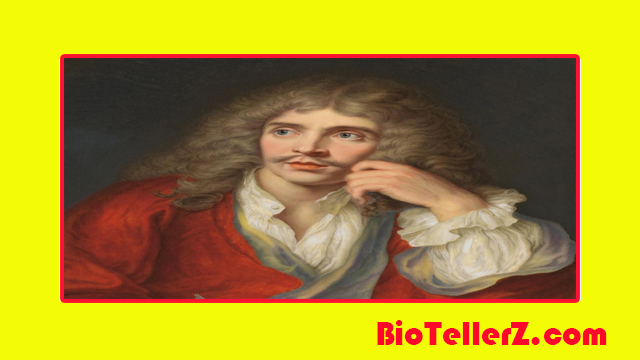
Molière
Young Age
The group traveled the provinces in search of work for a total of 13 years, starting at the end of 1645. It is impossible to write a history of these years, but local directories and church records show the company intermittently forming: in Nantes in 1648, in Toulouse in 1649, and so forth. They resided in Lyon between the end of 1652 and the summer of 1655, as well as once more in 1657. They also spent a brief amount of time in Béziers (1656) and Montpellier (1654, 1655). Undoubtedly, they had their ups and downs.
These unrecorded years must have been essential to Molière’s development as a professional because they prepared him for his later work as an actor-manager by serving as a demanding apprenticeship and teaching him how to communicate with authors, colleagues, audiences, and authorities. Without these years of preparation, it is difficult to understand his quick success and tenacity in the face of resistance when he eventually returned to Paris. His first plays are known to have been Le Dépit amoureux (The Amorous Quarrel) in Béziers in 1656 and L’Étourdi; ou, les contretemps (The Blunderer; or, The Mishaps) in Lyon in 1655.
Achievements
There was a scandal on December 26, 1662, the opening night of L’École des femmes (The School for Wives), as if people had a sneaking suspicion that a comic genius who scorned all sacred cows was about to make their debut. This is considered by some competent judges to be Molière’s masterpiece and the pinnacle of pure comedy. It is based on the Spanish short story “La Précaution inutile” by Paul Scarron, which tells the tale of a pedant named Arnolphe who marries Agnès, a young woman with no social graces, because he is so terrified of femininity. This comedy defies convention, which amplifies the subtle portrayal of a girl’s shifting temperament that it so expertly achieves. By showing his pedant falling in love with her, Molière concludes his fantastic story. Both he and the audience find amusement in his elephantine gropings toward lovers’ talk.
Italian actors performed three times a week at the Palais-Royal theater beginning in 1662. The Italian masters of commedia dell’arte taught Molière a lot about physical humor. Les Fâcheux (The Impertinents), which had its premiere at Vaux in August 1661, Tartuffe in its original form, which had its premiere at Versailles in 1664, Le Bourgeois Gentilhomme (The Bourgeois Gentleman), which had its premiere at Chambord in 1670, and Psyché, which had its premiere at the Tuileries Palace in 1671, are among the plays he wrote that were privately commissioned and thus had their premieres elsewhere.
Molière wed the daughter of Madeleine and the comte de Modene, Armande Béjart, on February 20, 1662. Only one of the marriage’s three children, a daughter, survived to adulthood. There are defamatory pamphlets that analyze Armande’s flirtations, but there is hardly any trustworthy information. The marriage was not happy.
Related Posts
Donald Trump – Best Guide in 2023
